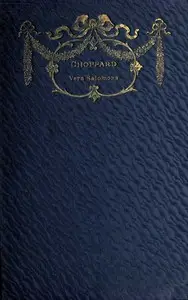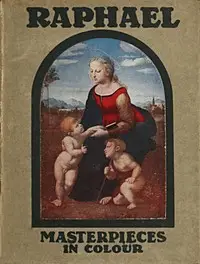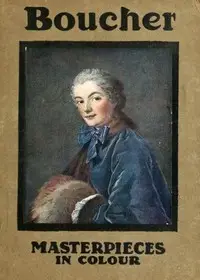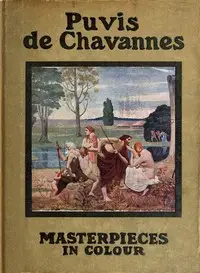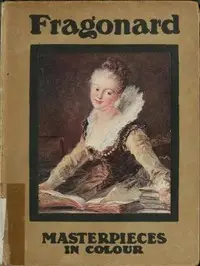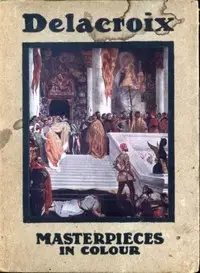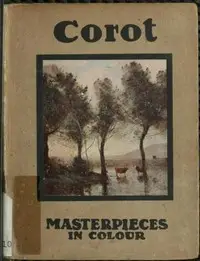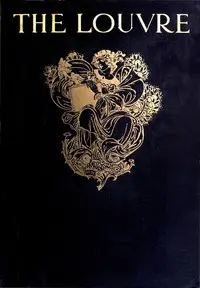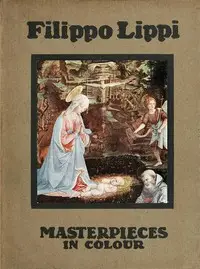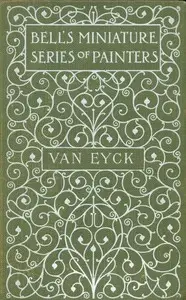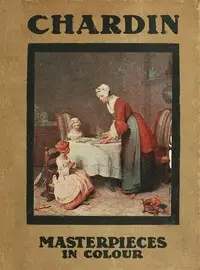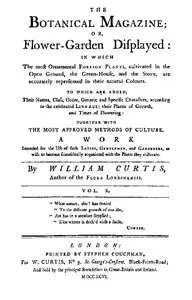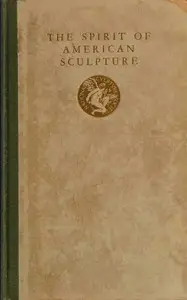"Chardin" by Paul G. Konody is a biographical exploration of the 18th-century French artist Jean-Baptiste Siméon Chardin, whose paintings transformed ordinary objects and scenes into enduring works of art. The book illuminates Chardin's masterful technique and his focus on still-life and genre paintings, which captured the essence of daily life with remarkable detail and warmth. Konody discusses how Chardin found beauty in simplicity, elevating subjects like a child’s toy or a family meal to profound artistic expressions, as seen in pieces like "Grace before Meat" and "The Child with the Top". Furthermore, the biography reflects on Chardin’s battles for acknowledgement in the artistic world and how his unique ability to portray the humanity of everyday existence eventually garnered him lasting acclaim that continues to be appreciated today.

Chardin
By Paul G. (Paul George) Konody
Experience the journey of a French painter who found extraordinary beauty in the simplest moments of domestic life, despite facing challenges along the way.
Summary
About the AuthorPaul George Konody was a Hungarian-born, London-based art critic and historian, who wrote for several London newspapers, as well as writing numerous books and articles on noted artists and collections, with a focus on the Renaissance. A recognized expert on the art of the Renaissance, he was lauded for his evaluation of claims of authenticity for works from that period, correctly debunking Wilhelm von Bode's assertion that a bust of Flora was sculpted by Leonardo da Vinci. During World War I, Konody became interested in the representation of war in the arts, and directed an effort to commemorate Canadian participation in that war.
Paul George Konody was a Hungarian-born, London-based art critic and historian, who wrote for several London newspapers, as well as writing numerous books and articles on noted artists and collections, with a focus on the Renaissance. A recognized expert on the art of the Renaissance, he was lauded for his evaluation of claims of authenticity for works from that period, correctly debunking Wilhelm von Bode's assertion that a bust of Flora was sculpted by Leonardo da Vinci. During World War I, Konody became interested in the representation of war in the arts, and directed an effort to commemorate Canadian participation in that war.

